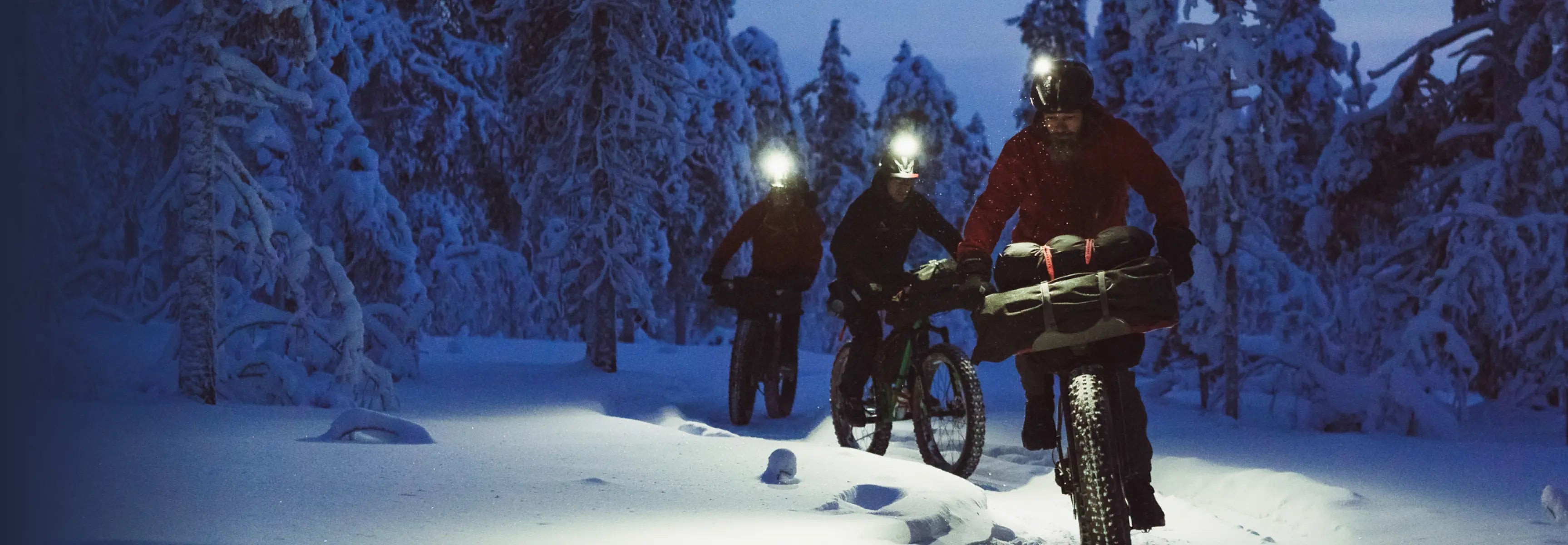
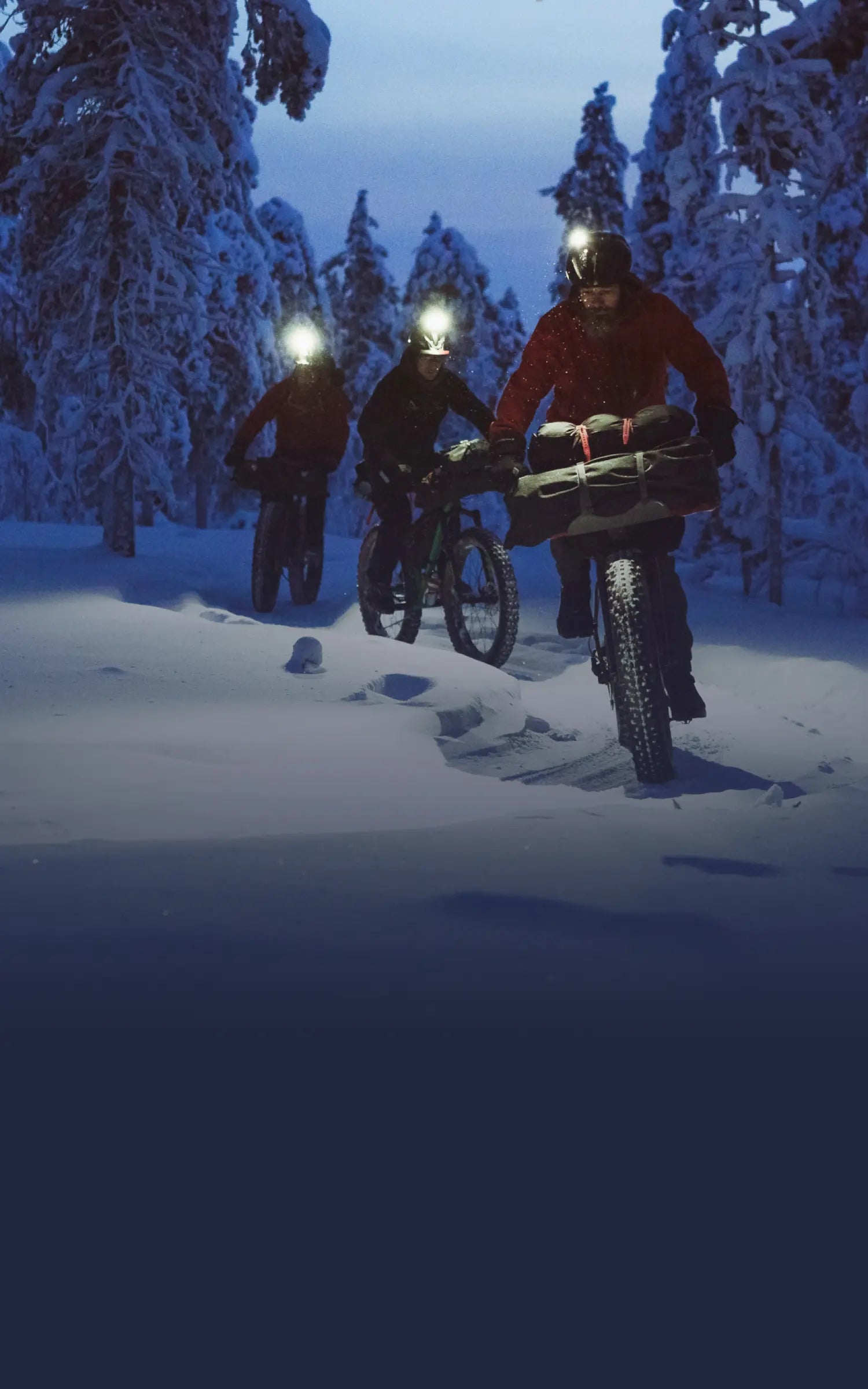
SUUNTOブログ
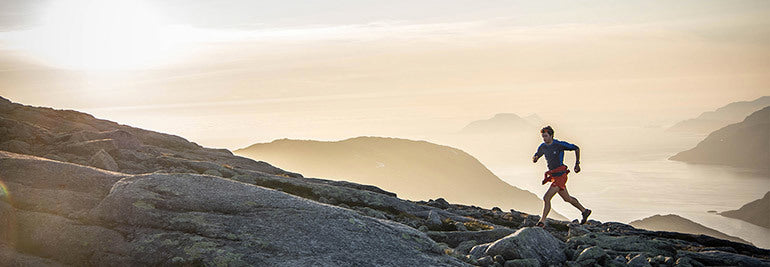
How do you train, Kilian Jornet?
Kilian Jornet has spent a lot of time in the mountains since he was a kid and has been training to improve since he was a teenager. All the hours, days and years of training have made him one of the best all mountain athletes ever. Whether running, skiing or climbing Kilian is breaking records, winning races and inspiring others.
Kilian, in the video you say: “If you don’t have pleasure when you train, you will never improve!” What makes training fun for you?
You don’t train to have fun but to improve, to reach goals or to adapt, but it is important to have pleasure doing the activity you do to spend this amount of time easily. I love to ski and run and to be in the mountains and I’m enjoying when I do that and it is part of my training.
How do you turn tough days into good ones?
Some days you just switch to work mode, listen to music in your headphones and watch the watch count the time and meters you need to do that day. Sometimes it’s more hard than fun but it is important to do. A good or bad day is not fun or not fun. Some training session can be hard and fun, fun but not hard, hard and not fun or not fun and not hard. Good or bad depends on what you have improved or learned, what have you experienced.
How has your training changed over the last 10 years?
Not much in big lines, I like the principles of training I do, like quantity over quality and specific training. They seem to work for me. I try to be open and look at new ways to train and test different things.
How is it possible to be fast from short races, like a vertical km, to super long ultras?
Train different situations, train some long days, some short. It does demand a lot of time (years) and time (hours a year) to do all different kind of training.
What are your strengths?
In physical capacities, recovery rate and VO2 max. Then psychologically I can enter a non-emotional state that helps me in stress situations. Now also my experience.
What would you still like to improve?
Many things. It’s important to work to improve both the weaknesses and the strengths.
What are you focusing on this year?
Mostly rehab and recovery from my shoulder surgery that I had in October. Then I’ll see how it goes. I had a ski fall some years ago and dislocated both of my shoulders. Since then I have dislocated them several times and knew I needed to get the operation done at some point.
I don’t really focus but try to be in good shape on average and adapt depending on the next goal that can be a long or short ski mountaineering or trail running race or mountaineering.
What motivates you to keep pushing your limits?
I just think it is great to know yourself.
Watch Kilian's video "How do I train (again and again)"
Kilian Jornet started training the day he was born. The mountains were his playground and without realizing it he created his own training philosophy that is based on repeating, trying and failing. Watch Kilian’s How do I train now!
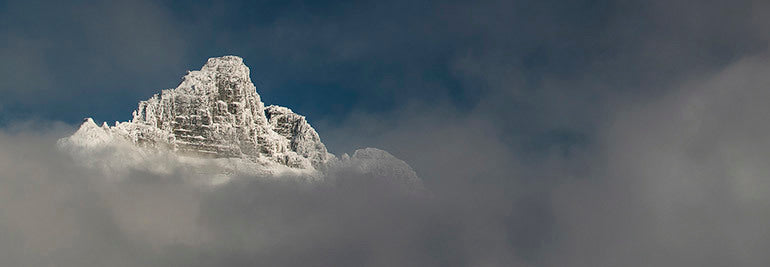
Dream lines
I wonder if I could...? Fill in the… with any sort of challenge and that is the beginning of something great. I am not saying that every dream I have ever had I have accomplished. Not even close. But the dreams I have realized, mean so much to me. They are the ones that have made me who I am, and helped direct me to where I am going.
My dreams in the mountains are endless. There are lines that I have dream skied so many times I sometimes wonder if I have actually skied them. Seriously. Occasionally when I get deeply into a dream about skiing a line, I can get all adrenalized and excited, just knowing what the feelings would be dropping into such a line. These dreams sustain me for hours while I skin up mountain sides, often I flip between the realization of the dream I am on and wondering about future lines I could ski.
The West face of Mount Macdonald, one of Greg’s dream lines. A possible ski descent? (Image by Bruno Long)
There are dream lines that are realistic and then those that are not…well maybe not… and that is the fun, as our skills progress, what was once an unattainable line suddenly becomes possible. And then the other dream lines can also become reality.
I distinctly remember when my first dream ski line became reality, and how fulfilling it was. In 1998 I was learning to backcountry ski when someone pointed up at Aymers Couloir on Mount Temple in the Canadian Rockies. They mentioned that people had just skied that line. I looked, up and up, and saw this crazy looking couloir that started from a ridge off the biggest mountain I had ever seen. It seemed almost impossible that such a line was skiable.
And my dream began. For years I progressed my ski mountaineering skills, always with this nagging memory of a dream line in the Rockies. Then in the spring of 2005, my skills were good enough, my knowledge solid enough, and my partners ready. We ventured towards this impressive couloir and the second I got to the fan of the line I knew I would set the boot pack the whole way up. I had so much energy from years of dreaming about visiting this place that nothing could stop me.
The 900 m couloir could not stop my endless drive, the thigh deep snow was not enough to convince me to turn around, I was living my dream. Standing on top I was able to reflect on all the progression that had allowed me to grow from a fledgling backcountry skier who couldn’t believe this line was possible, to someone who had the skills and strengths to get to the top and with those great thoughts in my mind I tipped the balance and shredded down.
Checking out some a potential descent at the Stiftons in British Columbia, Canada. (Image by Bruno Long)
Every day that I tour around I am always looking and wondering. For sure many of the lines I will never ski, but if even 10% of them become reality then I am happy. Rogers Pass has been my stomping grounds for 19 years, and I never walk anywhere without looking up at the potential places I have yet to visit. I love skiing the “Ramp” but what about that line above that ends in cliffs? It’s so similar to the Ramp, it just requires a little rope work at the end. Or what about the West Line off Mount Macdonald, will it ever fill in enough for us to venture down?
Or really what about that line on the Siftons, should we go there tomorrow? Dreams are the seeds of adventure. Never stop dreaming.
To prepare you for your dream line, watch Greg’s “7 terrain tricks” that he (literally) can’t live without.
All images by Bruno Long
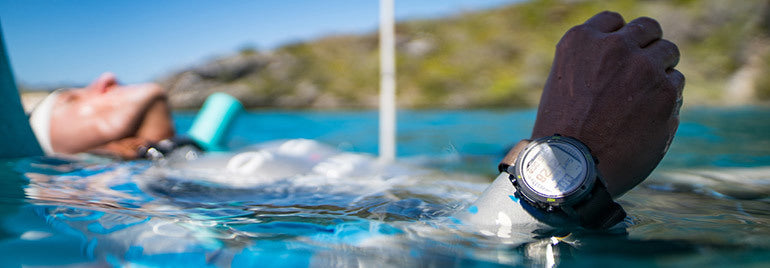
You haven’t understood free diving until you’ve read this
Freediving is not, as one might expect, a journey of meters or minutes – it’s the journey of a lifetime. While in the global scale of distance and time, a free diver’s trips to the relative shallowest depths of the oceans are small – the position one must put one’s self in to make such a dive requires immense dedication, patience, training and time.
Few can tell that journey better than world champion William Trubridge. In his new book, Oxygen, he invites us to join him for his life’s journey, and trust us when we tell you, what a journey it has been. To call his childhood ‘unorthodox’ would be putting lightly, or perhaps politely – born in England to world-wandering parents, he was traveling the world before he could walk. About that, in fact – he had to learn to walk twice. The first time on a boat – and the second time when the ground wasn’t moving beneath his feet. With his older brother and parents, they traversed the world, taking harbor in the Galapagos, the British Virgin Islands, South Pacific, and more. There were times where they wouldn’t see land for months at a time – including a 5500 km crossing to the Marquesas.
The obsession with the deep came early. Diving was a necessity of boat life. He recalls being impressed with their father, who dove 18 m to work on the boat’s anchor. When they met another boat family, led by a Frenchman named Benoît who could dive to a depth of 27 m, that depth seemed as deep as the sea would go. Little did William know he’d be trying for four times that depth a couple decades later.
Will sat down to write the book – for several hours a day, over many months after encouragement from friends and his agent Jason Chambers. He’s long-held fascination with the written word – something he delves into over the pages of his memoir – but the long format was something yet untried. One thing should be made clear: although you can learn a lot about the sport, it’s not a tutorial on free-diving.
“I tried to write it in a way that would explain the sport to those who haven't encountered freediving, giving a glimpse of how beautiful and peaceful it is,” says Will. “I also tried to include descriptions that might allow other freedivers to get a feel for my approach, the way I train, and why I've stuck with the sport.”
The meandering pages take you both through the days of Will’s life and the depths of his dives, digging into both the mindset he needs to be in to make them, the risks of being underwater, and how free diving happens mostly in your head. For someone who’s already gotten a taste of the deep, or someone who wants to, it’s a must-read.
Find Will’s book available as paperback or eBook on Amazon.com.
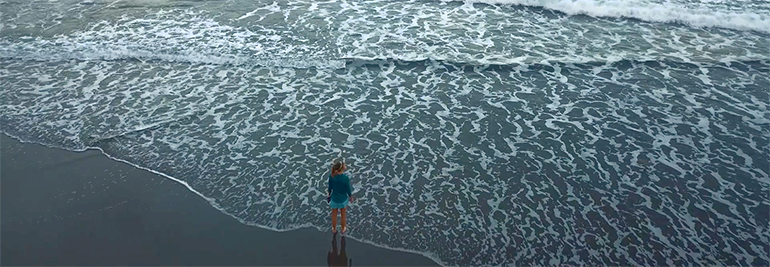
Emelie's off-season
“It’s really smooth for us Scandinavians to travel to Tenerife because of the direct flights. The island itself has a lot of variety: the beaches, green forests and the barren mountain. It has everything. I really enjoy it here”, says Emelie.
A morning run on the beach.
However, Emelie’s off-season isn’t all about relaxation.
“I heard about this run about five years ago when I was here on the island. I was really tired after a race and had one week to relax so I couldn’t do it then.”
Emelie's Suunto Spartan is ready for the route called 0-4-0.
“It is fascinating to try to do fast times on mountain routes. I want to see if I can do it fast and, if I can, it’s great. But if I can’t it’ll be a great day anyway!”
Watch the video and follow along on Emelie’s holiday in Tenerife.
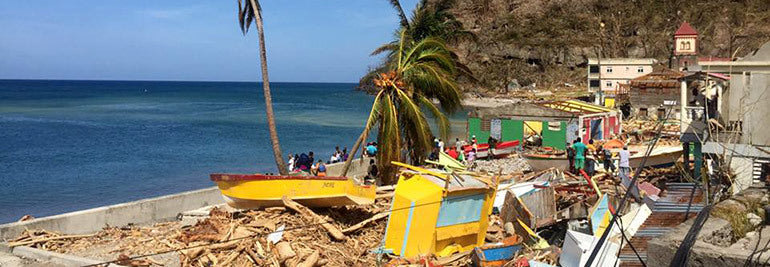
The freedive community raised $26,000 to help this hurricane-ravaged Caribbean island
To say Jonathan Sunnex’s life has taken a few unexpected turns is a bit of an understatement. How else would a Kiwi from Ngaruawahia, New Zealand come to be living on the little bay of Soufriere, in one of the least-known islands in the Lesser Antilles? But that question was hardly at the forefront of his mind while he sat at the airport in Miami – stranded thanks to a little storm called Hurricane Maria.
The entire Caribbean and much of the southeastern United States had a tense hurricane season – first Hurricane Irma barreled its way across multiple islands, then just five days later Hurricane Maria sprung up in its wake. While Dominica dodged a major hit with Irma, Maria was another story. The island suffered a direct hit – and almost three months later, much of Dominica still is without power or running water.
The fact that it was a pretty big wrench in the works of Sunnex’s biggest project of the year – the Blue Element Freedive competition – was essentially an afterthought. For Jonathan and girlfriend Sofia Gómez, it was a tense two-week wait in Miami, wondering if when they returned home they’d find their dive school – and their home – still standing.
“We were in Roatan for the World Championships,” says Sunnex. “We wanted to get back early to prep for Blue Element. It was scheduled for the 11th – 17th of October, but Maria hit at the end of September. It went from tropical storm to category 5 in just a few hours.”
At first he was hopeful the event could still go on – but as reports came in about the damage done to the island, expectations were quickly lowered. “We were really hoping our dive platform was still there,” he said. “Communication with people onsite was impossible.” But one of the first things he did? He set up a GoFundMe and reached out to the free dive community – hoping to raise a €1,000 of donations for food, water and other supplies. They ended up hitting their goal, and even bettering it – raising $26,000. The highlight moment? Jonathan – whose long, flowing hair had been growing for ten years – got on Facebook Live and shaved his head and cut off his beard, raising $700 in just twenty minutes.
With the bounty of the successful fundraiser ready to share with the island, he started making his way home – but it wasn’t a straight shot. “I flew to Martinique, and just started picking up supplies – water, chainsaws, literally thousands of dollars’ worth of food – whatever we thought we could fit on a boat,” says Johnny. “Then I hitched a ride with Piwi Croisieres Calypso over to Dominica.”
When he arrived on the island, he was ‘mostly speechless’. "The island is the greenest tropical forest – super dense bush – it looked more like a firestorm hit it,” he says. "No foliage. Bark ripped off of trees. No green left. It was a dry dusty desert. Piles of debris. Giant trees on the beaches, debris two meters high.” The damage to their home was real – the house/school was flooded, and the platform had been dislodged and blown to shore. They lost their competition rope, worth about $1500 – although it was later recovered, and they hope to repair it.
Without a doubt, the competition was off – so Sunnex and the competitors already on the island diverted their attention to clean-up and aid, cleaning beaches, roads and helping repair the island’s infrastructure.
There’s still much to be done – but Sunnex is confident the Blue Element freediving contest will return next year – and probably not during hurricane season. “The conditions here are impeccable,” he says. “Calm and flat, no current, water’s warm, perfect.”
Want to pitch in and help Dominica? See the Blue Element GoFundMe page here.

Not far from home
Follow along Erkki Punttila on a bike packing trip way up north, north of the Arctic Circle, in Lemmenjoki National Park. Sometimes the best way to find yourself is to get lost in the beauty of nature.
Eki Punttila rode his Kona Unit X across the national park.
Erkki has an appetite for adventure – and a Suunto Spartan Sport Wrist HR Baro to guide his way.
And read more about the bike trip at konaworld.com
Photos by Jaakko Posti / Kona Bikes










































































